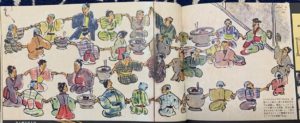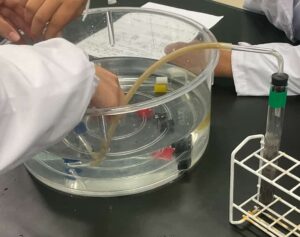The Secret Language of Scientists: Find Out What Your Measurements Really Mean!
I’m Ken Kuwako, your Science Trainer. Every day is an experiment!
You divide a number on your calculator and get “7.14285714…”. On a test, how many of those digits should you actually write down? In elementary and high school math, you’re usually told something like, “Round to the nearest hundredth.” But in the world of science, you have to decide that number of digits yourself.
This crucial number of digits is, in fact, the key to supporting the reliability of science: Significant Figures (often shortened to “Sig Figs”).
“Why this many digits?” “Should I round during the calculation?” These questions are the first steps into the scientific world. Significant figures aren’t just an annoying, complicated rule. They are a universal “language” and a set of “scientific manners” that scientists use worldwide to communicate “how much we can trust a measurement.”
In this article, we’ll introduce an experiment that lets you physically experience the true meaning of significant figures, which can often seem a bit daunting. All you’ll need are a caliper, an electronic balance, and density measurement weights (aluminum, iron, and copper). Through this mystery of identifying metals, let’s peer into the deep world of science hidden behind the numbers.
The Boundary of “Trustworthy Numbers” Told by Your Tools
The mission of our experiment is to measure the density of three different metal weights—aluminum, iron, and copper—and figure out what each metal is. First, let’s listen closely to the “voice” of each measuring tool.
Materials Needed
Caliper
Electronic balance
Density measurement weights (aluminum, iron, and copper)
Calculator
Recording sheet
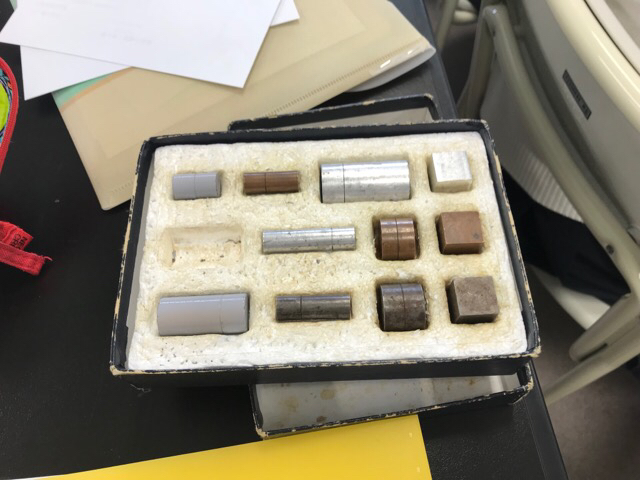
Our stars for today: the density weights. They look similar, but what are they, really?
The Experiment: Mastering the Caliper and Balance
First, we’ll measure the volume and mass of the weights. We’ll use the caliper and the electronic balance for this. These two tools actually show us the world of numbers at different “resolutions.”
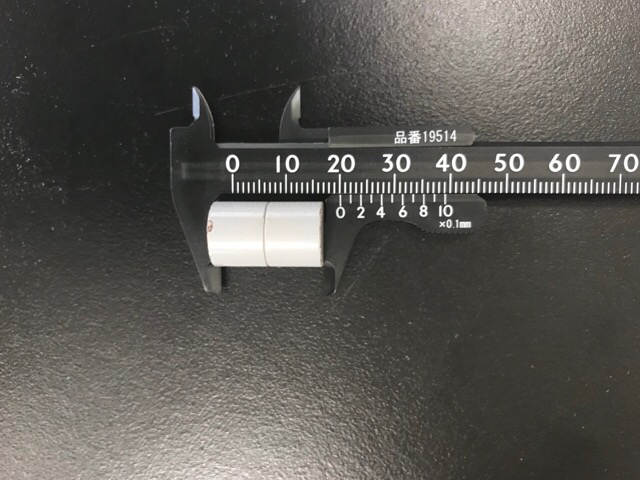
A caliper lets you see the precision down to one-tenth of a millimeter.
When you measure the diameter and height of the cylinder with the caliper, you might read a value like “30.3 mm,” which is readable to the nearest 0.1 mm. That’s three significant figures. On the other hand, the electronic balance might display the mass as “60.03 g,” readable to the nearest 0.01 g. That’s four significant figures. The number of digits a measuring tool is “confident” in is different. This difference is the entire starting point for understanding significant figures.
Welcome to the Calculation Labyrinth! Battling Pi and Finding the Final Digits
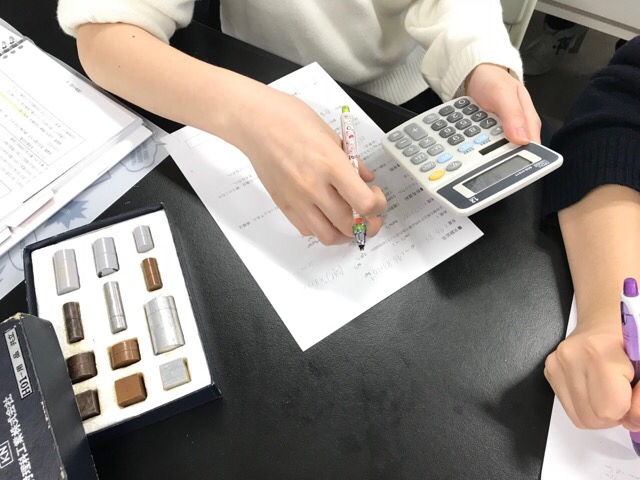
Now, it’s time to put on your thinking cap! Grab your calculator and dive into the numerical mystery.
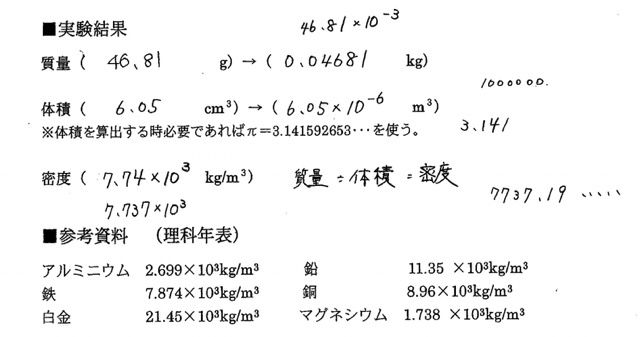
The real challenge starts here: using your measured values to calculate density (Mass ÷ Volume). But numerous intellectual traps await!
When you divide the diameter by 2 to get the radius, what happens to the number of digits?
Should you use π as “3.14”? Or should you use the full calculator display, like “3.141592…”?
When you finally divide the mass by the volume, how many significant figures should the final answer have?
It would be easy to simply tell you the one correct answer to these questions. However, in scientific inquiry, the process of figuring out “why” is the real treasure. Here’s the key rule: the reliability of your final calculation is limited by the least reliable measurement you used (the one with the fewest significant figures).
For example, if you calculate a density using a length with 3 significant figures and a mass with 4 significant figures, the scientific “manners” dictate that you state your answer with 3 significant figures. No matter how precise your mass measurement is, the less-precise length measurement dictates the overall reliability. This process of trial and error is the best way to truly grasp, deep down, why significant figures are necessary.
The Scientist’s Perspective: Beyond the “Manners”
This experiment is much more than a simple calculation exercise. It allows you to:
Learn the importance of acknowledging measurement limitations and expressing those limits with numbers.
Develop the logical skill to decide which values to “trust” during the calculation process.
Gain a powerful tool—density, which is a unique property of matter—just as Archimedes used it to solve the mystery of the king’s crown.
Science is the study of solving the great puzzle of nature. Measurement values are nature’s messages about that puzzle. The “manners” of significant figures are the protocol for correctly and honestly interpreting those messages. If this experiment gives students a chance to touch upon the thought process of a scientist hidden behind the numbers, nothing would make me happier.
Contact and Requests
Want to bring the wonder and excitement of science closer? I’m compiling easy-to-understand tips and fun science experiments you can do at home. Feel free to search around!
About the operator, Ken Kuwako: Click Here
Various requests (writing, lectures, workshops, TV supervision/appearances, etc.): Click Here
– Updates on articles are available on X (Twitter)!
![]() The Science Content Channel posts experiment videos!
The Science Content Channel posts experiment videos!

